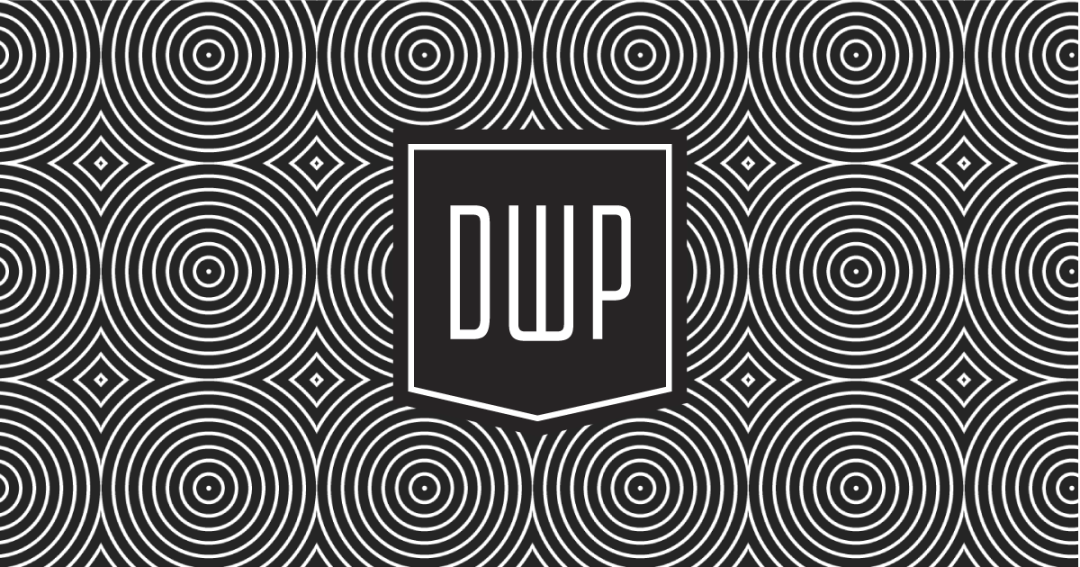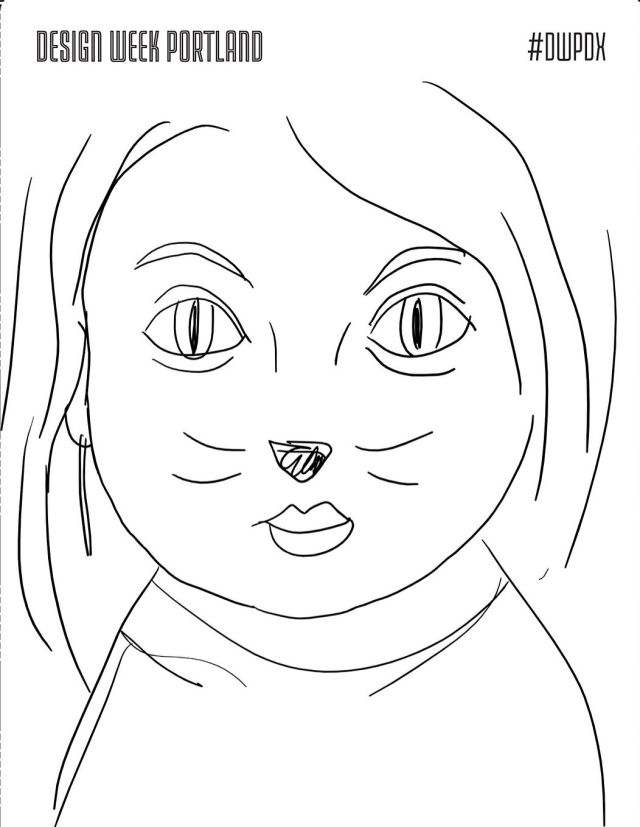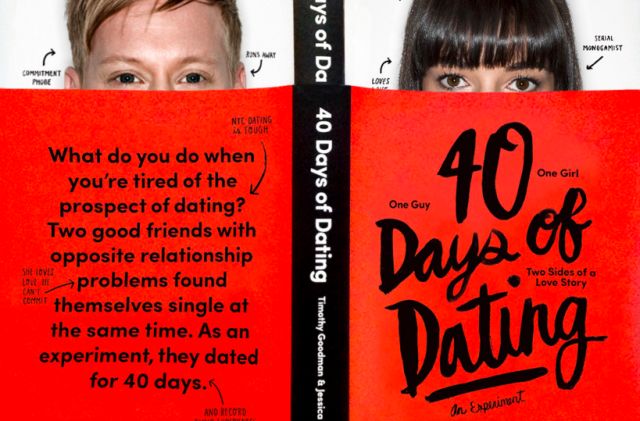Our Design Week Diary

OPENING PARTY

A picture from the live photo booth.
A geodesic dome nestled among a hub of food carts guided you into Design Week’s opening party at Revolution Hall. Partygoers took their drinks and wandered into the various boutique agencies swinging their doors open for the night and entertaining guests. Struck invited you to color on their walls (only within their assigned lines); Murmur Creative had a legit '80s prom in their room, complete with teen dance snacks and employees in costume; and the main stage live photo booth had Portland State students sketching portraits in 60 seconds from behind a one-way mirror. But the real winner of the night was 211 Collective, which stocked their room with 5-week-old puppies. Everything after that was a post-puppy blur. -Eden Dawn
MAIN STAGE
Lewis & Clark College scholar Reiko Hillyer meticulously dissected urban design practices aimed at keeping the homeless and other marginalized groups out of "public" spaces—from fortress-like New York pocket parks to ledges armed with medieval anti-siege spikes. While she sketched a depressing world of restrictive and repressive design, she ended with an uplifting call to recognize the oldest truth of urban life: that the street belongs to everyone. -Zach Dundas
A WILD REALITY
There’s a sense in the air that VR might finally move from the realm of science fiction to mainstream. At Oregon Storyboard’s ode to virtual reality in its Old Town offices, visitors could try out three technologies driving that conversation—from the low-tech Google Cardboard, which works with any newish smartphone, to the Samsung Gear VR, a stripped down, smartphone-based version of the heavy duty Oculus Rift. The most impressive demo by far was Microsoft’s Hololens, still in development but able to generate some pretty amazing effects. Putting on the headset and walking around the office, 3D models of spaceships, planets, and even dogs hung in the air or sat on surfaces, as if physically part of the environment. You know, like R2D2 projecting the three-dimensional image of Princess Leia. Just like that. There are some kinks, big and small, to work out with all these devices, but the future does feel closer than ever. -Marty Patail
TYPEFEST: GETTING AWAY WITH SHIT

Goodman's 40 Days of Dating book.
Known best for his 40 Days of Dating experiment/blog/book, graphic designer Timothy Goodman entertained the crowd for an hour with talk of how he grew up wanting to be Saved by the Bell’s Zach Morris, learning most life lessons from the book How to Go to College for Free, and how his love of Sharpies has turned into a career. The pep talk about pursuing your aesthetic regardless if it’s for clients or side projects received heaps of applause, as did the blooper videos of Goodman and his Dating partner being covered in rats, glue, and tossed by a sumo wrestler. -Eden Dawn
THE OVERVIEW EFFECT
Astronauts often report experiencing a more far-reaching worldview up in space, a globe-spanning empathy and compassion independent of human borders and petty conflicts—something they call the Overview Effect. Bridgetown Orchestra’s hourlong performance sought to recreate that effect in the Ellen Bye Studio with colorful images from NASA rocket launches and the Hubble telescope, backed by a superbly haunting score. I don’t know if I came away feeling closer to my fellow man, but the beauty and vastness of space paired with the music did inspire me to remember to look up more often. -Marty Patail
PORTLAND MONTHLY OPEN HOUSE

At the sake of being too self-congratulatory, our first Design Week event was a smashing success, in part because of the Prince Fashion Tarot Cards I invented, helping visitors determine their Prince style. We all pay respects in our own way. -Eden Dawn
PORTLAND FASHION INSTITUTE RUNWAY SHOW
The graduation show for PFI’s Fashion Forward program involved seven newbie designers presenting their first collections to the public in a packed show. While some of the typical novice designers issues plagued some collections–lack of cohesion between pieces, not knowing when to stop adding embellishments, items too difficult to manufacture–overwhelmingly there was a huge amount of potential talent in the bunch. From Stephanie Mendes's perfect red silk shirt dress and Becca Price’s simple silhouettes with fancy seaming to Clio Rebillion’s invention of the “Concho” (half coat, half poncho), and the entire spot on styling of Melanie Clark’s flamboyant flamenco-inspired collection. -Eden Dawn




